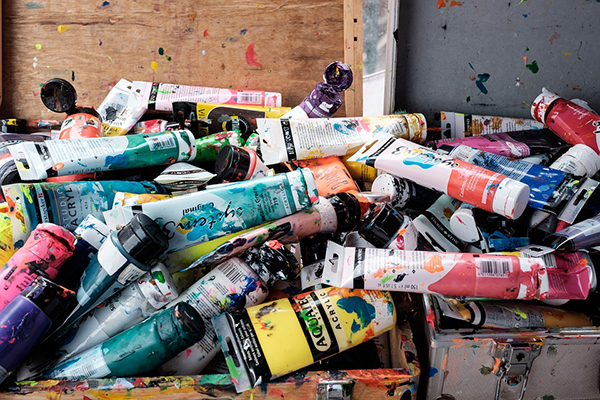Do you love art? If you do, you would love this post today especially if you are into acrylic pouring. This is a technique used to paint by pouring different colors of acrylic paint on a canvass.
For sure, you have seen some works like this on social media since it is a hit for art lovers and the result of acrylic pouring is really impressive. If you want to try this kind of art, there are some things that you need to take note of.
You definitely want your acrylic pouring to give you consistent results. Although it seems simple, acrylic pouring is not always easy. You will need practice and use of the right materials to get that great artwork you desire to create.
To make it easier, here are a few tips to guide you in acrylic pouring. You can also learn from acrylicpouring.com for more tips.

1. Prepare your studio
The condition of your studio may determine if you get successful pouring.
Therefore, make sure you clean the studio so that dust does not embed into the film as it dries. Remember that acrylic pours take time to dry.
Also, ensure that you are working on a leveled surface, whether it’s a table or the floor so that the pores do not have issues because of angles.
Protect the surface from drips and puddles that come from the pouring products by placing poly plastic sheeting on the surface. The sheet will also prevent your artwork from gluing to the surface.
You should also control the humidity and temperature of the studio to ensure issues such as crazing that is caused by dry conditions do not occur.
2. Know the right paints and mediums to use
Paints and mediums play a critical role in acrylic pouring. The pouring process depends on the paints and mediums. The most important part is to adjust the flow rate and the viscosity of the paints depending on how you want them to interact with each other.
Some of the best paints for acrylic pours are high flow acrylics and Golden fluid acrylics because they have high viscosity.
You can also use heavy body paints, but you have to thin with acrylic medium, water or both. For instance, if you want to thin heavy body paints and without losing film strength, you should mix the medium with water and then use the mixture to thin paints. You can use 1.5 parts water and 1 part medium.
Note that the water additions should not be more than 40 percent.
3. Choose your painting substrate carefully
Your painting substrate will determine if your acrylic pouring is successful or not. A sealed panel is commonly used for pours since the weight of the wet paint affects it less because it is rigid. To ensure that the panel does not warp due to water, seal the surface with a coat or more of the paint or of the acrylic medium.
In case your pouring technique requires an absorbent surface and /or a substrate that can curve, then you should go for stretched canvas. Ensure you prop the center so it does not sink.
Here is a video that can help you with acrylic pouring:
4. Prevent stain from coming through
Stains can interfere with the look of your acrylic pouring. To prevent them from getting to the surface, apply a stain sealer and prime with gesso.
5. Do not overwork
Once you are done with your acrylic pouring, leave it and let it be. Some of the most amazing work of art resulted accidentally after being left to settle. Too much prodding by moving the flow too much can make things worse and break cells. You will end up messing your artwork instead of making it better.
